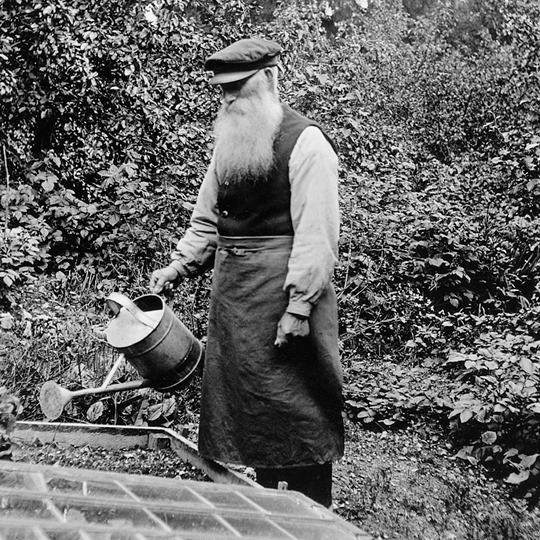
When I was a new teenage climber, I had to talk my parents gently through the mechanics of leading, following and rappelling, but it was their worries that taught me to think beyond the accepted norms of those around me. I came home gushing: my friends were putting up a first ascent from the ground, up. Yet my mother didn’t adopt the same enthusiasm.
“They scrape out all the vegetation and loose soil from the crack?”
“Yeah mom, it’s called ‘cleaning.'”
As an adolescent, I couldn’t admit right then and there that her skepticism was warranted. But I knew. I had grown up avoiding fragile cryptobiotic soil and using as little water as possible to wash dishes–why had I never seen that removing certain plant species might also be harmful?
Recently, Joe Kinder illegally removed two junipers he saw as a danger to future climbers at a sport crag on Forest Service land outside Tahoe. A local posted a photo of the dislodged tree on Instagram along with Kinder’s cell-phone number. Threads popped up on SuperTopo; websites published editorials; Kinder received threats. And a letter of apology appeared on Kinder’s blog: “I am deeply apologetic about what I did. I was wrong. I F’d up. And I’m very sorry.” He later told Deadpoint Magazine, “I paid a fine to the USFS. I’m donating $1,000 to the Sierra Nevada Alliance…I’m also donating to the Access Fund and Leave No Trace and I’m spending a week of my time planting trees in Yosemite.”
Coincidentally, we published a short story in Alpinist 44 around the time that Kinder’s tree-cutting went public by physicist Ed Hartouni about the issue of “gardening.” Married to a plant biologist and restoration ecologist, Hartouni had to look no farther than his own dinner table to encounter a similar dilemma. He writes:
“[In creating a new route, we remove] something that the other lives there depended upon, perhaps denying the last individuals of a particular species the resources needed for their survival. We don’t fully know what damage we are doing. And thus we also take away the possibility of understanding what we did.”
Thanks Ed (and mom) for reminding us to weigh the worth of first ascents against their environmental impacts. We’ve made the full text of his article, “A Fine Balance,” available to read on Alpinist.com.